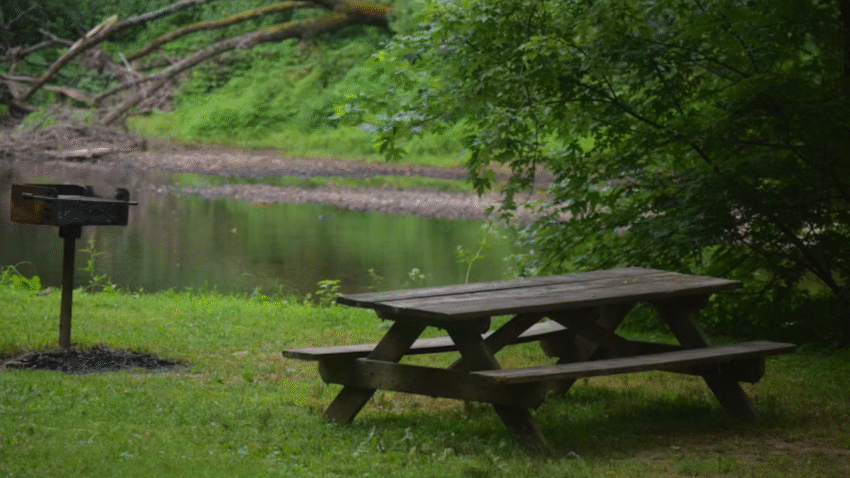Introduction
You’ve nurtured your lawn from seed or sod—now it’s time for that crucial first cut. But mowing too early or the wrong way can damage delicate young grass. Knowing how to mow new grass without damaging it is vital for helping your turf grow strong, thick, and healthy for years to come. This step-by-step guide will show you when and how to mow new grass properly, the mistakes to avoid, and bonus tips for lush, resilient turf.
Why Mowing New Grass Correctly Matters for a Healthy Lawn
New grass seedlings are tender and easily stressed. Mowing too soon, too short, or with dull blades can pull young roots out of the soil, stunt growth, or leave your lawn thin and patchy.
Proper mowing sets the stage for a dense, healthy lawn that resists weeds, pests, and drought. The right first mow encourages new tillers (grass shoots) to grow, helping your turf spread and develop a thicker canopy that shades the soil and retains moisture. By mastering how to mow new grass without damaging it, you’ll protect your investment and enjoy a greener lawn season after season.
Step-by-Step Guide to Mow New Grass Safely
1. Know When to Mow for the First Time
Timing is everything with new grass. If you mow too early, you risk uprooting seedlings before they establish strong roots.
General rule:
- For seeded lawns, wait until your grass is 3–4 inches tall.
- For sod, wait until the grass is actively growing and has rooted firmly—usually 2–3 weeks after installation.
To test sod, gently tug on a corner. If it resists pulling up, it’s rooted and ready for its first mow.
2. Make Sure the Grass is Dry
Mowing wet grass is risky—especially for new lawns. Wet blades bend instead of standing upright, resulting in an uneven cut that can damage tender seedlings. Mow on a dry day when your grass stands tall for the cleanest cut.
3. Use Sharp Blades
Dull blades tear young grass instead of slicing it cleanly. Ragged cuts stress new seedlings, making them more vulnerable to disease. Always sharpen your mower blades before that first mow and check them regularly throughout the season.
4. Set the Mower to the Highest Setting
Your first mow should be conservative. Set your mower deck to its highest setting and remove no more than one-third of the grass blade height at a time. Cutting more can shock new grass and expose tender roots to the sun.
If your grass is taller than ideal, mow gradually in multiple passes over a few days instead of cutting it all at once.
5. Use a Lightweight Mower
Heavy mowers can leave ruts or compact soft soil in a new lawn. Use a lightweight push mower for better control and less damage. For small patches, even a reel mower is a gentle option.
6. Mow in Dry, Cool Conditions
Early morning after dew dries or late afternoon are the best times to mow. This reduces stress on your new lawn and minimizes moisture loss.
7. Leave Clippings if Possible
Mulching the clippings returns nutrients to your soil naturally and acts as a light protective mulch layer. However, make sure the clippings are fine and evenly distributed. Heavy clumps can smother new grass.
Common Mistakes to Avoid
Mistake #1: Mowing Too Early
Solution: Be patient. Wait until your new grass reaches 3–4 inches and is well-rooted. A gentle tug test for sod helps confirm it’s ready.
Mistake #2: Cutting Too Short
Solution: Follow the one-third rule every time you mow. Taller grass shades the soil, helps roots grow deeper, and reduces weed competition.
Mistake #3: Using a Heavy Mower
Solution: Stick with a lightweight push mower or reel mower until your turf is well-established.
Mistake #4: Mowing Wet Grass
Solution: Always mow when the lawn is dry to avoid tearing delicate blades and compacting the soil.
Mistake #5: Neglecting Blade Maintenance
Solution: Sharpen your mower blades before the first mow and at least once or twice during the season for clean, healthy cuts.
Extra Lawn Care Tips & Hacks
✅ Water Deeply and Infrequently: Once established, switch to watering deeply 1–2 times per week instead of frequent shallow watering. This encourages stronger, deeper roots.
✅ Avoid Heavy Traffic: Limit foot traffic on your new lawn for the first few weeks after mowing. This prevents soil compaction and damage to tender grass shoots.
✅ Don’t Miss Our Related Guide: Check out our step-by-step article on how to sharpen your mower blades for the cleanest cuts and healthiest lawn!
Conclusion
Learning how to mow new grass without damaging it is one of the most important steps in growing a healthy, beautiful lawn. Timing, sharp blades, proper mowing height, and gentle mowing techniques make all the difference for young turf.
Remember: wait until your new grass is at the right height, mow when it’s dry, and never remove more than one-third of the blade at a time. By following these steps, you’ll help your lawn develop a thick, resilient root system that keeps it green and gorgeous for years to come.
Bookmark this guide and follow it every time you establish new turf—your lawn will thank you for it!
